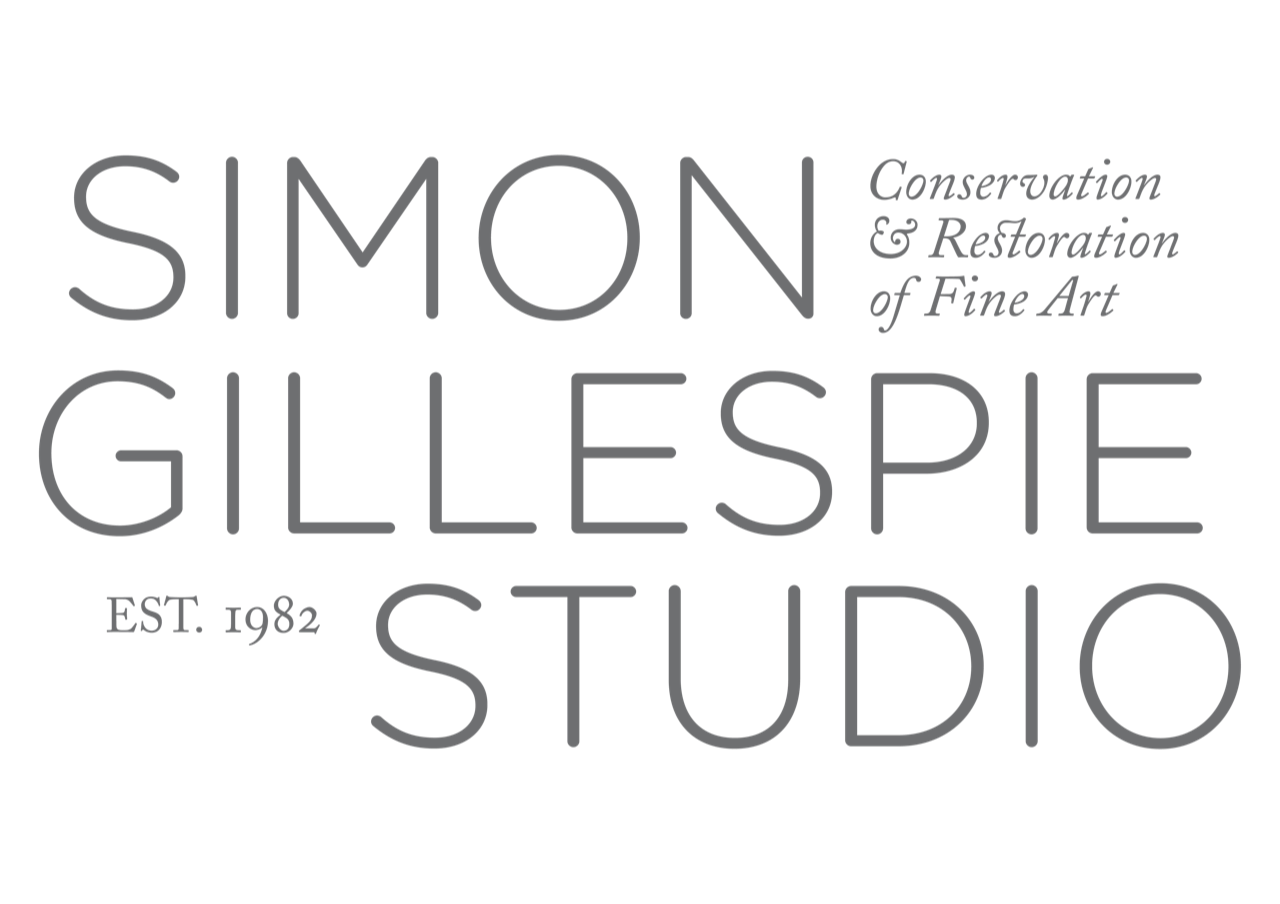‘Mary Magdalene’ by Francesco Trevisani
Before treatment
After treatment
This artwork on panel belongs to the collection of Brighton and Hove Museums who acquired it in 1954. Nothing was known about who painted it aside from the broad knowledge that it was the work of an Italian artist.
Bendor thought that the artist might be Francesco Trevisani (born 1656), who trained as an artist in Venice before moving to Rome. Trevisani achieved fame in Rome when he was commissioned to paint the Crucifixion chapel at San Silvestro in Capite: he combined the bright use of colour he had learnt in Venice with a very Caravagesque use of a single light source in the composition. According to Karin Wolfe, the expert on Trevisani, what is distinctive about this artist is the finish of his pictures and the colourism, the delicacy and elegance. Because of Trevisani’s huge success and popularity in Rome, several versions exist of several of his compositions, where Trevisani employed assistants in his studio to paint versions of his compositions that had been a particular success, which were then signed off by the master himself and sold as being by Trevisani.
On arrival at the studio, Simon immediately noticed that although the picture was dirty and in need of treatment, the original paint appeared to be in very good condition underneath the dirt and varnish, and some very lovely detailing was apparent. In particular he pointed to the highlights in the hand. Bendor commented on the lovely soft focus adopted by the artist, with the tip of the Magdalene’s nose in focus but the rest of her face just slightly out of focus.
The painting had been lined in the past and some old tears were being supported by this lining, but structural issues were apparent on examination in the studio, including cracking paint which was at risk of flaking off and being lost, as well as deformations and small tears that had occurred after the lining process. Debris had fallen between the canvas and the stretcher bar, pushing the canvas forward and causing deformations along the bottom edge of the canvas. The tension of the canvas was slightly slack.
To resolve these issues, the artwork was dusted front and back, and the debris behind the stretcher bar mark was removed. The tension of the canvas was adjusted by gently tapping the keys. The tears were repaired and the deformations in the canvas resolved with localised treatment.
A gentle cleaning was carried out to remove surface dirt including airborne dust, which already made a big difference to the visibility of the picture. At this stage, Simon and Bendor noticed that there was a prominent bookmark between the pages of the book, in the middle of the picture, on which was still visible what appears to be the remnants of a signature, including the letter T… for Trevisani?
During testing to remove the varnish, it became apparent that as well as the old varnish covering the whole of the picture there was also an older and very oxidised layer of varnish which was not visible under UV light. The removal of the different layers of varnish brought a deeper three dimensions to the scene and a subtle but visible change in the colours.
With close examination of the painting, it was also apparent that there were lots of pentimenti, ie areas of the artwork where the artist has changed his mind about an aspect of the composition: for example the shape of the bottom of the cross had been changed during the process of painting, and the position of the knuckles had also been adjusted. An x-ray carried out showed that the book had originally been painted as open flat, but had been adjusted by the artist so that the right-hand pages were open wider, as if resting on an uneven rock.
Once the original paint layer was clean and free of old varnishes, the areas of lost paint for example along the old tears were filled, textured to match the texture of the original canvas, and then precise retouching was carried out. A final layer of semi-matte protective varnish was applied.
The treatment has brought out the colour in the picture, for example the soft purple of the fabric draped around the Magdalene’s arm and the bright white of the teeth of the skull. The background landscape has been revealed from under the concealing dirt and varnish, and the overall impression is of a brighter, sensitively coloured composition with better three-dimensionality, as the artist intended.
After that, the picture was shown to expert Karin Wolfe. Karin was thrilled by the x-ray, pointing to this as evidence that the design of the composition had been laid in by the studio and then adapted by Trevisani himself. Karin said of the treatment' ‘It’s brilliant what you’ve done here’: the artwork can now be recognised as being not just by any Italian artist but by Trevisani himself.
Detail of the figure before treatment
Detail of the figure after treatment
Detail of the background before treatment
Detail of the background after treatment
Thanks to the research of art historian Bendor Grosvenor and the conservation treatment of Simon Gillespie Studio, the artwork has now been recognised as being by Francesco Trevisani (1656-1746), an Italian artist who blended Caravaggio’s dramatic use of light with a Venetian use of colour. Karin Wolfe, an expert on Francesco Trevisani, will include it in her forthcoming catalogue raisonné of the artist’s works.
Jenny Lund of the Brighton and Hove Museums said that previously, the picture was a forgotten one, ‘so dirty you couldn’t see what it was’, whereas now it has ‘come to life’ after treatment and its story can be told to visitors of the museum.
This picture was treated for Brighton and Hove Museums as part of the BBC Four programme ‘Britain’s Lost Masterpieces’, for the 1st episode of the 5th series. A second painting was also treated for that episode, read about it here.







